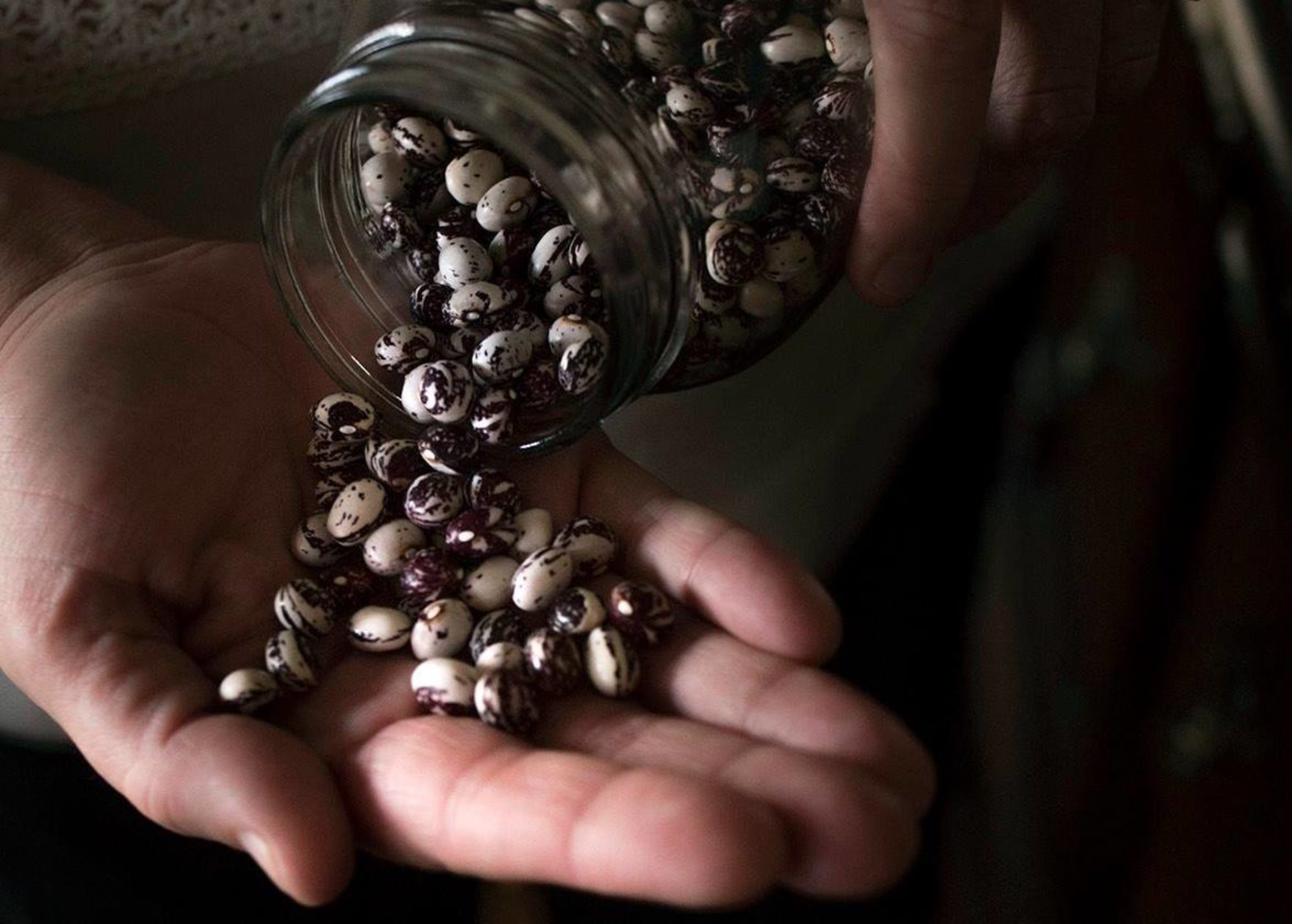Happy for new developments for the Seeds! We have a brand new greenhouse, thanks to some hard work and funding. We hosted our first volunteer work bee, and some young folks came out who haven’t visited us before (see the photo of all the leeks they transplanted for us)! We have had some community members reach out to us in new ways, and we received notice of some much-needed funding for this year!
We will be at the Earth Day event in the community this weekend, Saturday April 20 from 12-4 at the MBQ Firehall. If you ordered seed packets and haven’t picked them up yet, we will have them with us at this event, so please come by and chat. We will also have t-shirts for sale, and hopefully some extra seed packets for sharing. We plan to celebrate the 5th anniversary of the Seed Rematriation to this community, which happened in Kingston in ceremony on Earth Day in 2019- Yoyanare!


At this time of year, many groups reach out to us looking for workshops, advice, etc. Please be aware that this is our busiest time of year, and our staff are increasingly spending their time out on the land planting and growing the seeds -which is the reason we do this work! At this time of year we are less able to spend time at the computer, and we don’t likely have the capacity to offer spontaneous workshops. Please be patient with us, and if you think you would be interested in a workshop or presentation for next year, please contact us early to book -preferably in the wintertime, when we are indoors and it is storytelling time. We are happy to hear from you at any time, but our response time is likely to be slower in spring when our hands are too dirty to touch the phone 🙂 Nyawen!










